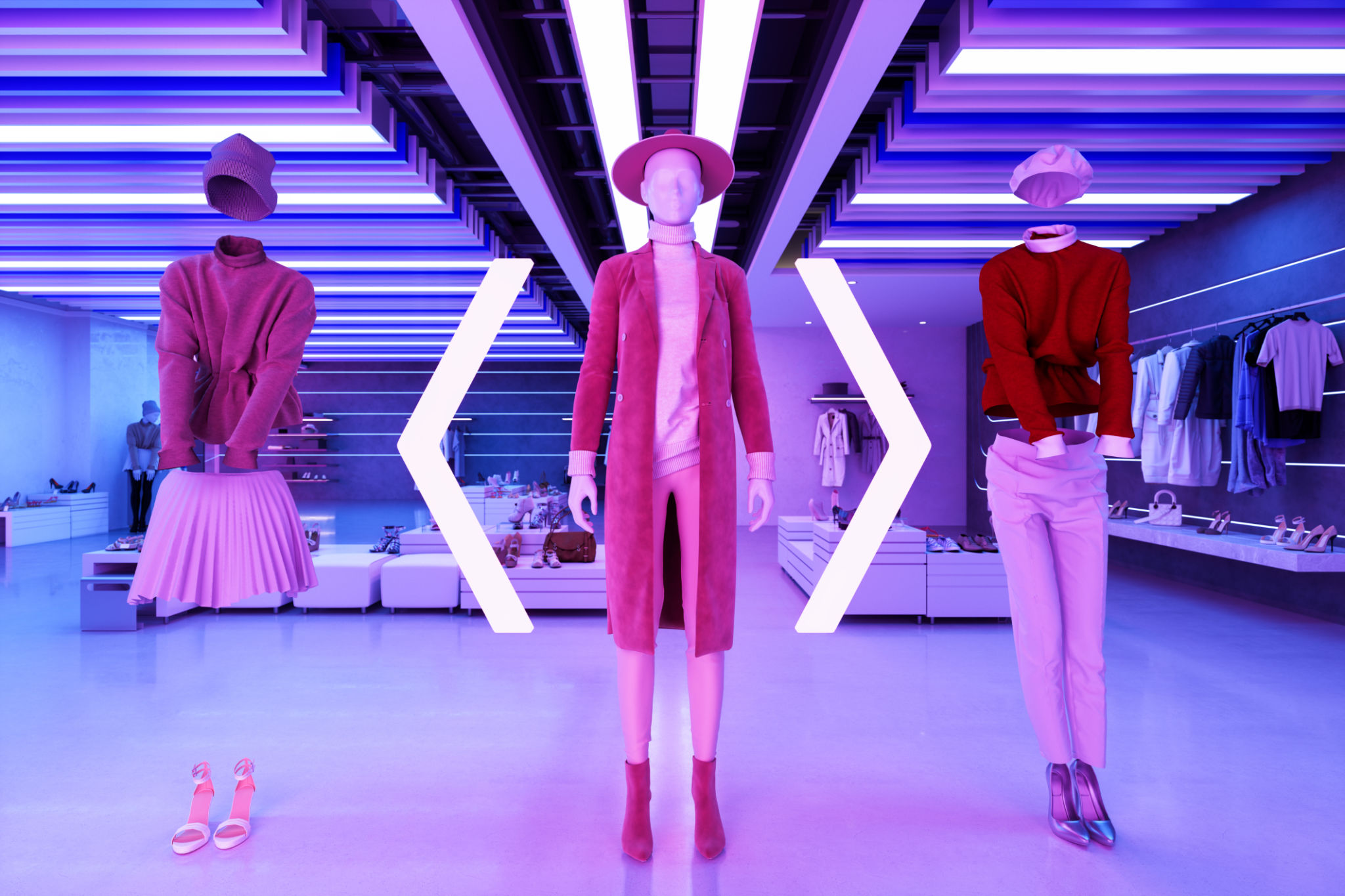AI in Design: Transforming the Way We Create User Experiences
Revolutionizing User Experiences with AI in Design
In today's digital age, the integration of Artificial Intelligence (AI) in design is not just a trend but a transformative force reshaping how we create user experiences. By leveraging AI technologies, designers are crafting more intuitive, personalized, and engaging interfaces that adapt to user needs in real-time. This shift is empowering designers to push the boundaries of creativity and functionality, resulting in more effective and efficient design processes.

The Role of AI in User Experience Design
AI is playing a pivotal role in enhancing user experience (UX) by enabling designers to better understand user behavior and preferences. Through data analysis and machine learning algorithms, AI can predict user needs and automatically adjust interfaces for optimal usability. This capability allows for the creation of highly personalized experiences that cater to individual user journeys, significantly improving satisfaction and engagement.
Moreover, AI tools like chatbots and virtual assistants are becoming integral parts of user interfaces, providing instant support and information. These AI-driven elements can handle routine tasks, freeing up human resources for more complex problem-solving and creative tasks. The result is a seamless interaction that feels intuitive and responsive, elevating the overall user experience.

Enhancing Creativity and Efficiency
AI is not only enhancing user experience but also revolutionizing the creative process for designers. With AI-powered design tools, such as automated layout generators and color palette selectors, designers can experiment with a multitude of variations quickly and effortlessly. These tools help streamline the design process, allowing designers to focus on refining concepts rather than getting bogged down in tedious tasks.
Additionally, AI can analyze large datasets to identify trends and patterns that can inspire new design ideas. This data-driven approach provides designers with valuable insights into what works and what doesn't, enabling them to make informed decisions that enhance creativity while maintaining user-centricity.

Challenges and Considerations
While the benefits of AI in design are significant, there are also challenges that designers must navigate. One major concern is the ethical implications of AI technology, particularly in terms of privacy and data security. Designers must ensure they are using data responsibly and transparently to maintain user trust.
Moreover, the integration of AI requires a shift in traditional design workflows. Designers need to develop new skills to effectively collaborate with AI tools and understand how to leverage their capabilities without compromising human intuition and creativity. This balance is crucial for harnessing the full potential of AI in design.
The Future of AI in Design
The future of AI in design promises even more exciting developments as technology continues to evolve. We can expect AI to become increasingly sophisticated, offering deeper insights into user behavior and preferences. This advancement will lead to even more personalized and dynamic user experiences that adapt seamlessly to changing user needs.
As AI becomes a staple in the design industry, it will open up new opportunities for innovation and creativity. Designers who embrace these technologies will be at the forefront of a new era in design, where human ingenuity is augmented by powerful AI capabilities.

In conclusion, AI is transforming the way we create user experiences by enhancing creativity, efficiency, and personalization. As designers learn to harness the power of AI responsibly, they will unlock new possibilities for innovation that will shape the future of design. The synergy between human creativity and artificial intelligence will undoubtedly lead to more engaging and meaningful user experiences.
